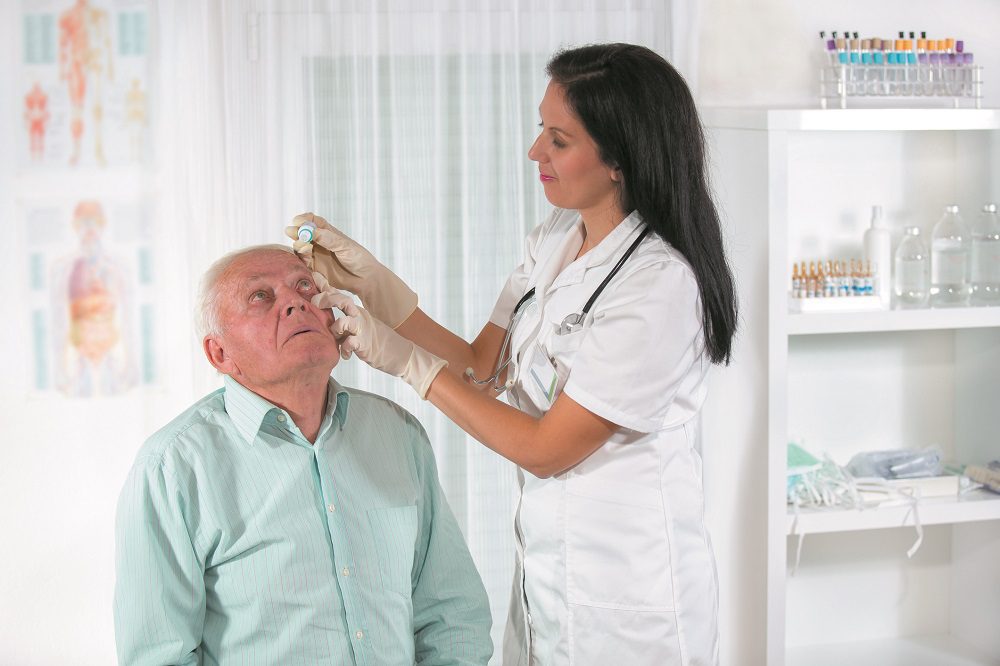Anyone with a television has heard of dry eye, thanks to decades of commercials for prescription dry-eye treatments. The condition is very common: Up to 30 percent of people over age 55 have dry-eye symptoms, such as frequent stinging, burning, grittiness, blurry vision, fluctuating vision, redness, or pain. About half of those people, if thoroughly checked by an eye doctor, turn out to have clear physical signs of dry eye, meaning they don’t produce enough tears or tears of good enough quality, or they have damage to the cornea, the clear, dome-shaped window on the front of the eye.
But many people with dry eye never get properly diagnosed, so they don’t benefit from a growing list of effective treatments. Those treatments include not only prescription medications, but also some helpful procedures and lifestyle changes.
Some people with dry eye disease also have another serious condition that causes the dryness, such as autoimmune diseases, most common of which is Sjogren’s syndrome. A delay in diagnosis can have especially serious consequences for them.
In any case, untreated dry eye can interfere with reading, driving and any other activity that requires clear, comfortable, consistent vision.
Diagnosis
Even if you get regular eye exams, dry eye can go unnoticed. That’s because your eye doctor can’t tell you have the condition just by looking at you or running the usual eye tests. But if you tell your doctor about your symptoms, you may get tests that check for problems with how your eyes make or use tears and for damage to your corneas and eye surface.
The doctor might test the quality of your tears with a handheld device that briefly touches your tears. In another test, paper strips might be applied to the inside of your lower lid for a few minutes to see how much moisture they collect. To check for corneal damage, a paper strip containing dye might be applied to your eye. Using a special blue light, the doctor will be able to see if the dye stains the cornea, indicating damage. The eye doctor also should ask about your medical history, medications, and other factors that might contribute to your symptoms.
OTC Relief
Some people without advanced dry eyes can get relief without prescription medications or medical procedures. You can try:
- Artificial tears sold over the counter. These come in different brands and formulations, so you may have to try a few. Your doctor may have some recommendations.
- Lifestyle and environmental changes. If the air in your home is part of the problem, you might benefit from a humidifier or air purifier. If you work long hours in front of a screen, you might need more breaks. A good rule of thumb: Every 20 minutes, take at least a 20-second break, and blink your eyes forcefully to stimulate tear production.
- Warm compresses. Pressing a warm, wet, cloth to your eyes can provide soothing relief and help release oil from the eyelid glands, improving tear quality. To keep the cloth warm for a longer time, try wrapping it around a reusable heated gel pack.
- Omega-3 fatty acids. Diets rich in these healthy fats, found in fatty fish, walnuts, and flaxseed, may help with dry eyes. Studies of omega-3 supplements have produced mixed results. A dose of 1,000 milligrams a day may be worth trying, but you should always discuss the pros and cons of any supplement with your doctor.
When home remedies aren’t enough
When these steps don’t help, it’s time to ask your doctor about next steps:
- Prescription medications. The mainstays of treatment are prescription drops containing the anti-inflammatory drug cyclosporine (brand names Restasis and Cequa) or another anti-inflammatory medicine, lifitegrast (Xiidra). These medications can take several months to produce results. Another medicine, a steroid eye drop called loteprednol (Eysuvis), can be used for two weeks at a time for flare-ups. A newer medication, varenicline (Tyrvaya), comes in a nasal spray and seems to boost tear production by stimulating a nerve inside the nose.
- Procedures. Your eye doctor may suggest several procedures, alone or in combination. One involves inserting plugs in your tear ducts to help more tears stay in your eyes. Plug procedures are covered by insurance when they are medically necessary.
People with more severe symptoms may benefit from procedures that involve scrubbing the eyelid margins to remove debris, and using heat, gentle massage, or other means to open up oil glands in the lids. These procedures need to be repeated every few months and generally are not covered by insurance.
• Autologous serum tears. When artificial tears are ineffective or irritating, some people have tears made from their own blood. These drops contain more nutrients than artificial tears. They do require blood draws and careful handling (they must be frozen, and then refrigerated between uses), so they aren’t for everyone.


